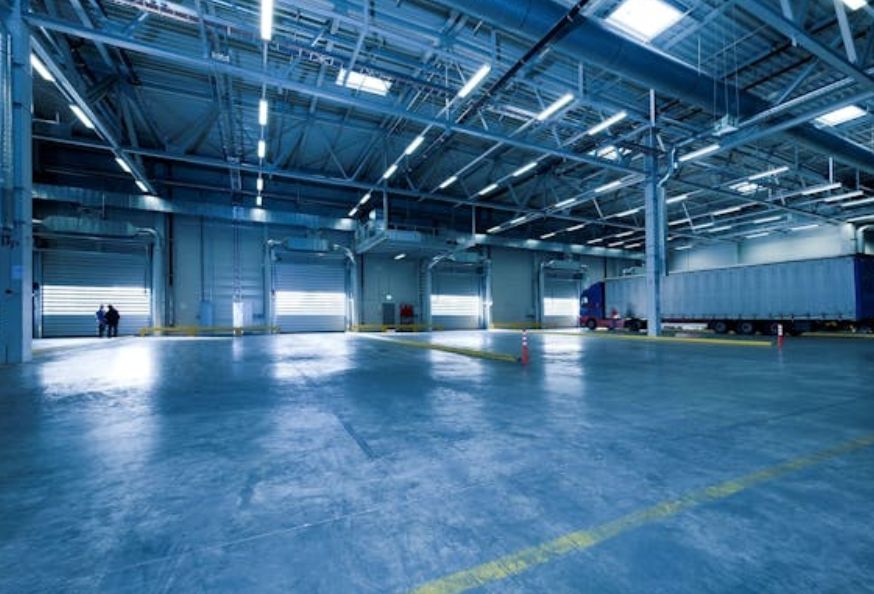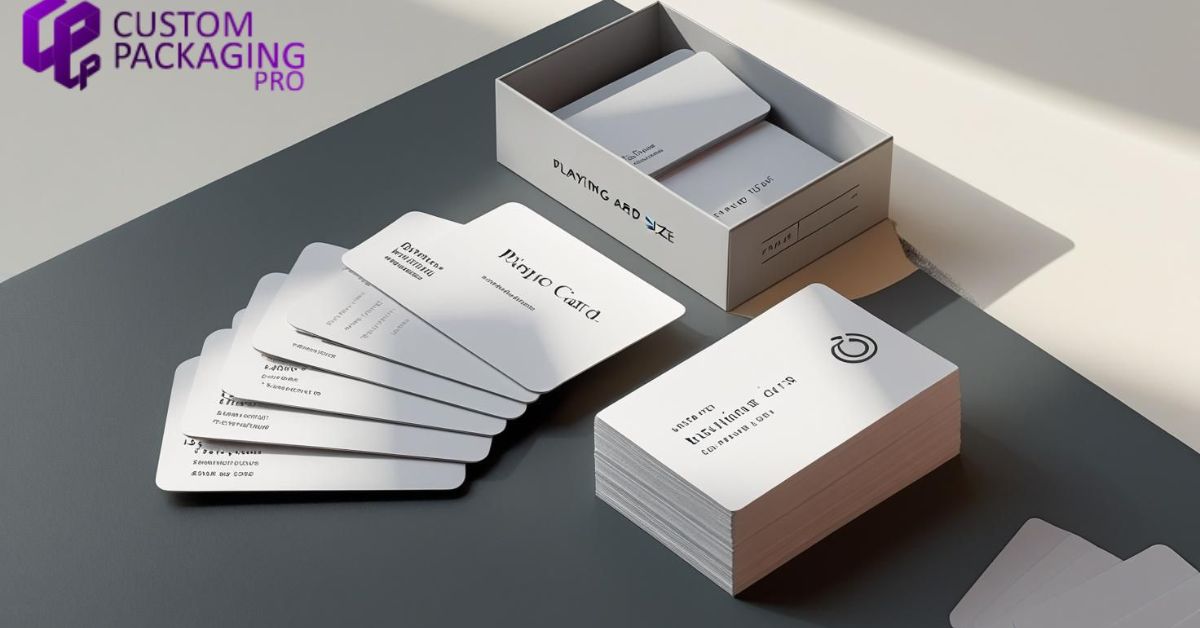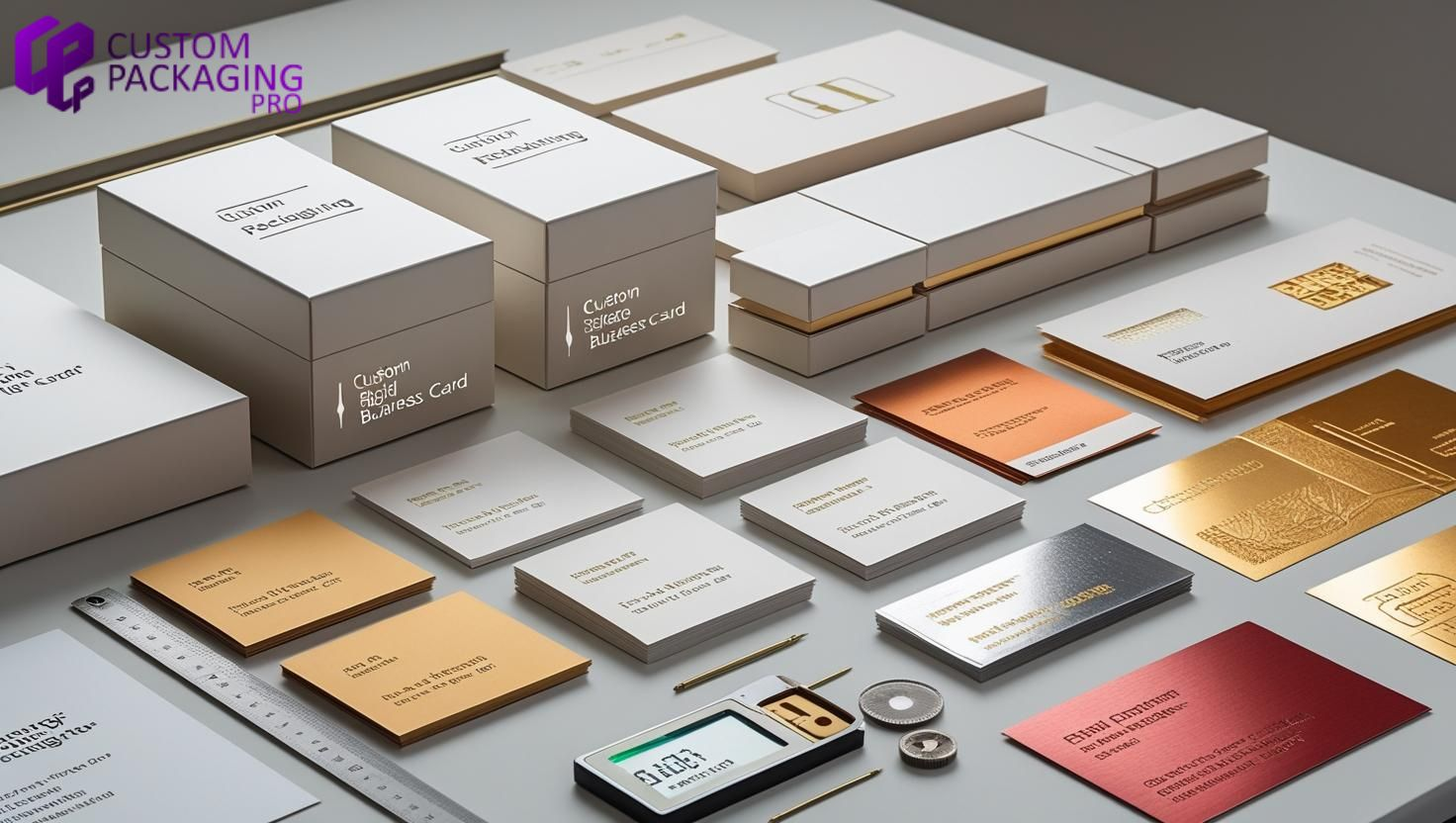BUSINESS
The Ultimate Guide to Creating an Efficient Warehouse Plan

Efficiency is the ultimate goal in logistics and the supply chain. No matter the size of your storage facility, having an efficient warehouse plan is crucial for success. Designing a system that guarantees smooth operations, provides cost-effective value, and maximum productivity is more than just stacking boxes.
How does one create an efficient warehouse plan? Let’s break down how to design a warehouse facility that saves time and money.
- Determine Your Specifics
The first step is assessing your business’s specific needs. What kind of products do you sell? Are you dealing with heavy machinery, small consumer products, or perishable items? Each case requires a particular layout and organization.
The considerations to make are:
– Types of Products: What is the size, weight, and classification of items, and how will they be stored?
– Inventory Management: Do you practice FIFO or LIFO? The latter will have both storage and organizational repercussions.
– Trends Over Time: If your business experiences fluctuations, the warehouse needs to be adaptable to remain effective.
- Select the Ideal Design
The organization of the warehouse layout affects ease of access, movement, and communication, directly impacting the warehouse’s efficiency.
The aim is to minimize the unnecessary transportation of items or people. Here are a few examples of designs that are pretty common:
– U Shape Layout: Most appropriate for small and mid-sized warehouses, this pattern puts storage in the center with receiving and shipping on the same end.
– L Shape Layout: This layout is best for more enormous warehouses. It keeps receiving and shipping sides away from each other to lessen the bottleneck.
– Flow-Through Layout: This layout is best for operations with high income. It only allows for one-directional movement of inventory from storage to shipment.
- Optimise Storage Solutions
Not all storage racks and shelves are created equal. Storage tools need to be efficient for your inventory and also take advantage of your warehouse’s vertical dimensions.
– Pallet Racking Systems: Great for bulk storage, especially for standardized pallet sizes.
– Cantilever Racks: Suitable for bulky items like pipes and timber.
– Mezzanine Floors: These allow you to add an extra level of storage without taking up more space.
– Bin Shelving: Best used for small items that require better storage facilities.
- Streamline Your Workflow
A smooth workflow is the true embodiment of efficiency.
Recognize your warehouse operations—receipts, inventory, order collection, and shipments—and develop them to accommodate minimum time allowances.
In this section, we analyze all processes:
– Receiving: Create an incoming inventory unit that is organized and visible to the inventory system for easy use.
– Storage: Store products that are ordered frequently closer to the shipping dock and leave the lesser-used products at the back wing.
– Picking: Implement bulk picking or area picking methods to optimize order collection.
– Shipping: Maintain collection forward areas in good order and establish them appropriately so they can be easily accessed for shipping.
- Stepping Stone’s For Improvement: Use Technology
In today’s ever-evolving world, one can elevate a warehouse’s operations from mediocre to exceptional. The following are basic requirements for improvement.
Here are some ideas:
– Infrared Interface and Radio Signals – These technologies allow accurate inventory monitoring and help increase inventory wastage.
– Data Analytics – Measuring to help determine warehouse performance metrics to find bottlenecks and any other interfering factors to provide improvement in warehouse processes. The suggested steps to achieve an outstanding operating warehouse:
- Place an Emphasis On Accessibility And Meeting Guidelines Set For Safety Standards
Guaranteeing a higher standard of safety within a warehouse eliminates any hostility that can be faced in the form of accidents, unwanted legal matters, or legal liabilities that cause a fuss.
Always keep in mind the following aspects when creating your plan:
– Clear Aisles: Create and enforce planning that guarantees unobstructed broad pathways for personnel and forklifts.
– Safety Signage: Use accurate signs that can be spotted to provide directions and warn employees about danger zones.
– Training: Conduct regular safety and equipment workshops for all staff members.
– Emergency Exits: Ensure easy identification and accessibility of exits.
- Plan for Scalability
Consider shed storage space for expansion when designing your warehouse. Your business changes directly affect your storage area and how inventory is processed. Some ways you can achieve scalable planning include:
– Adding extra shelving or racks on the floor to expand the area.
– Installing modular shelving units.
– Adapting the design of the floor plan to suit new inventory fluxes.
- Monitor and Improve Continuously
Your warehouse plan is not intended to be static. You should make adjustments as you compare results against goals. Use metrics like:
– Order Accuracy Rate: The rate of orders completed successfully out of all orders.
– Inventory Turnover Ratio: When inventory is sold and replaced over time.
– Space Utilisation: The portion of warehouse territory that is actively or efficiently used.
Conclusion
Proper warehouse layout planning is critical for the success of the supply chain. It increases efficiency, saves money, and keeps the business on edge. Recognizing your requirements and optimizing a layout while incorporating technology and safety measures creates a warehouse that works like a machine.
BUSINESS
Exploring the Secrets Behind XRP Prices in the UK

In the wave of digital currencies, xrp price uk, as a highly anticipated cryptocurrency, has always attracted the attention of many investors due to its price trend in the UK market. Below, we will delve into the trend of XRP prices in the UK market.
Introduction to XRP
XRP is the fundamental currency of the Ripple network, which can circulate throughout the entire Ripple network with a total quantity of 100 billion and gradually decreases with increasing transactions. Ripple is an open payment network designed to address the slow and costly cross-border payments in traditional financial systems. XRP has a certain user base worldwide due to its efficient transaction speed and low transaction fees. In the UK, with the continuous development of the digital currency market, XRP has gradually entered the view of investors.
Historical trend of XRP prices in the UK market
Looking back at the past few years, the XRP prices in the UK market have experienced significant fluctuations. In the early stages, due to the overall development of the digital currency market, XRP prices were relatively low and had small fluctuations. With the increasing market awareness of digital currencies and Ripple’s continuous expansion in the payment field, XRP prices are gradually rising. During the digital currency bull market from late 2017 to early 2018, XRP prices reached historical highs. However, the market subsequently entered a bear market, and XRP prices also dropped significantly. In recent years, its price has fluctuated within a certain range, influenced by various factors such as market supply and demand, macroeconomic environment, and regulatory policies.
Factors affecting the price trend of XRP in the UK market
From the perspective of market supply and demand, if the demand for XRP in the UK market increases while the supply remains relatively stable, prices tend to rise; Otherwise, it will decline. The macroeconomic environment also plays an important role. When the economic situation is unstable, investors may shift their funds to safe haven assets such as digital currencies, thereby driving up XRP prices. In terms of regulatory policies, the UK’s regulatory attitude and policy changes towards digital currencies will directly affect market confidence. If regulatory policies tighten, it may lead to investors selling XRP and causing prices to fall; Loose policies are conducive to price increases. In addition, Ripple’s business development, technological innovation, and cooperation with financial institutions will also have an impact on XRP prices.
Future trend outlook
Looking ahead, the XRP price trend in the UK market is full of uncertainty. On the one hand, if Ripple can make more breakthroughs in the payment field, cooperate with more financial institutions, and maintain relatively loose digital currency regulatory policies in the UK, then XRP prices are expected to rise. On the other hand, the competition in the digital currency market is fierce, and new competitors are constantly emerging, which may have an impact on XRP’s market share. Meanwhile, changes in the global economic situation and adjustments in regulatory policies may also lead to price fluctuations. Investors need to consider various factors comprehensively and make cautious investment decisions when paying attention to the trend of XRP prices.
BUSINESS
From Handshake to Handoff: Why Business Cards and Their Boxes Still Matter in Modern Branding

In an era where most interactions happen online, physical tools like business cards and business card boxes might seem outdated. But for businesses serious about branding, the handshake isn’t complete until a card is exchanged—and properly stored. Despite rapid digitalization, these tangible elements still pack a punch in first impressions, organization, and brand continuity.
Let’s break down why business cards and their custom packaging matter more than ever.
The Enduring Power of a Physical Card
The act of handing over a business card creates a tactile and memorable moment. It’s more than contact information—it’s a reflection of your brand.
- Credibility: A high-quality business card suggests trust and seriousness.
- Brand Recognition: Color, typography, and layout all reinforce visual identity.
- Networking Efficiency: In fast-paced conferences or meetings, it’s faster and more professional to hand a card than to fumble with phones.
Even with NFC tech and QR codes rising, physical business cards remain irreplaceable for many professionals. And when they’re accompanied by well-designed business card boxes, they elevate the entire experience.
What Makes a Business Card Box Essential?
Business card boxes are often overlooked, but they serve both practical and branding purposes.
| Feature | Benefit |
| Protection | Prevents bends, smudges, and wear |
| Organization | Keeps multiple styles or contacts separated |
| Presentation | Gives a professional touch during handover |
| Branding Surface | Offers logo space for subtle marketing |
| Bulk Utility | Useful for tradeshows, sales teams, and events |
For B2B industries—where first impressions matter most—custom business card boxes can serve as silent brand ambassadors.
Designing for Impact: Tips for Modern Business Cards
To make a card that lands well, keep these tips in mind (especially if you’re opting for a standard playing card size, which is popular for creative business card designs):
- Use durable materials like 16pt or 18pt stock with matte or glossy finishes.
- Consider embossing, foil stamping, or spot UV for texture.
- Keep designs minimal but branded—colors, icons, and fonts matter.
- Add QR codes that link to portfolio, website, or LinkedIn.
Cards may be small, but their influence is large when the design aligns with the brand’s values. Combined with well-matched business card boxes, you ensure brand consistency from creation to presentation.

Who Needs Custom Business Card Boxes?
Custom boxes aren’t just for storage—they’re an extension of your professional story. Here’s where they shine:
| Industry | Use Case |
| Real Estate | Client meetings, open house handouts |
| Consulting Firms | Brand authority in corporate networking |
| Design Agencies | Creative presentation of contact info |
| Event Planners | Quick access to cards for vendor communication |
| Tech Startups | Pitch sessions and launch event handouts |
Having a box that holds your cards cleanly and stylishly reflects foresight and attention to detail—values every client respects.
Common User Questions Answered Naturally
- “Why do people still use business cards?”
- “How to store business cards professionally?”
- “Are business card boxes useful for networking?”
- “Best packaging for business cards”
All terms are answered conversationally to meet Google’s EEAT and voice search intent.
Why Custom Packaging Pro is the Smart Choice
If you’re looking for a partner to help you make lasting impressions, Custom Packaging Pro delivers:
- Custom-sized business card boxes with premium finishes
- Durable materials for both card protection and presentation
- In-house designers to help match your box with your branding
- Bulk discounts and reliable delivery for B2B teams
Whether you’re rebranding, launching, or attending an expo, CPP helps your brand show up sharp—card and box in hand.
FAQs
Q: Are business cards still relevant in 2025?
A: Yes! Physical business cards are still widely used in professional networking and leave a lasting impression.
Q: What are business card boxes used for?
A: They protect, organize, and elevate the presentation of your business cards.
Q: Can I get custom printed business card boxes?
A: Absolutely—companies like Custom Packaging Pro offer full customization options.
Q: What should I look for in a professional business card?
A: Durable material, clean design, brand consistency, and maybe a QR code for digital linking.

Conclusion
Even in the digital age, business cards—and the boxes that store them—deliver unmatched value in networking, branding, and presentation. For B2B professionals and growing brands, they’re a small but mighty investment. Partner with Custom Packaging ProF to create business card packaging that speaks before you say a word.
BUSINESS
Structuring the Experience: Why Fixed Audience Seating Remains a Wise Investment

Across theaters, auditoriums, houses of worship, and lecture halls in Houston, the value of fixed audience seating is both enduring and practical. Institutions that regularly host performances, presentations, or educational events benefit from structured seating layouts that provide comfort, clear sightlines, and an organized atmosphere. With thoughtful planning and quality installation, fixed seating offers a blend of functionality and design that elevates the audience experience while maximizing space.
Consistency and Order in Public Venues
One of the primary advantages of fixed seating is the sense of order it brings to any public setting. When chairs are securely anchored in place, alignment is consistent, aisles are clearly defined, and foot traffic flows smoothly. Unlike movable chairs, which may shift during use or become misaligned, fixed seating offers a uniform appearance that contributes to a professional and polished environment.
This consistency is especially valuable in high-traffic venues where large numbers of people enter and exit in short periods. Whether in a school auditorium or a conference center, guests are guided effortlessly to their seats, enhancing efficiency and minimizing confusion.
Maximizing Space Without Compromising Comfort
Fixed audience seating is designed to optimize square footage while still prioritizing guest comfort. Rows are carefully measured and spaced to accommodate legroom, ensure proper egress, and maintain clear sightlines. In venues where every inch counts, this level of precision can make a significant difference.
Additionally, modern fixed seating options offer ergonomic features that support posture during extended events. With options for upholstered backs, foldable seat pans, and armrests, venues can tailor seating to suit the duration and nature of the events they host.
These design elements not only support physical comfort but also reflect positively on the institution’s commitment to providing a welcoming and accommodating space.
Improved Safety and Code Compliance
Safety is a priority in any public venue, and fixed seating plays a significant role in maintaining a safe environment. Because the seats are permanently anchored, they are less likely to tip, slide, or obstruct pathways. Aisles and exits remain clear, which is particularly beneficial during emergencies or events requiring rapid evacuation.
Fixed seating also makes it easier for facilities to meet fire and building codes. Designated spacing and egress standards are easier to enforce when seating remains consistent. Additionally, fixed seating allows for better planning around accessibility, such as ensuring wheelchair spaces are integrated into the layout and companion seating is readily available.
Reduced Maintenance and Longer Service Life
Loose furniture is more susceptible to wear and damage. Frequent moving, dragging, and stacking can lead to faster degradation, uneven legs, or structural instability. Fixed seating, by contrast, tends to maintain its integrity over time due to its stationary nature and secure installation.
This longevity translates to lower maintenance demands and cost savings throughout the furniture’s lifespan. Cleaning crews can work more efficiently without having to rearrange or reset chairs after each event. Daily operations become smoother, and the venue’s overall appearance remains consistently tidy.
Aesthetic Options for Every Setting
Fixed audience seating is no longer limited to utilitarian rows of identical chairs. Today’s manufacturers offer a range of finishes, fabrics, and design styles that cater to various architectural and branding needs. Whether the venue is a modern performing arts center or a traditional house of worship, seating can be selected to complement the existing décor.
Color schemes, seat materials, and wood or metal details can all be customized to create a cohesive look. Beyond appearances, seating can also be designed with acoustic considerations in mind, helping to preserve sound quality throughout the space.
Installation Expertise Makes a Lasting Difference
While the quality of the seating matters, the quality of the installation is equally influential in ensuring performance and durability. Professional installation teams assess the venue layout, evaluate structural supports, and align each seat with precision. A well-executed installation eliminates uneven rows, reduces potential safety hazards, and ensures the seating meets design specifications.
Poorly installed seating can diminish the visual appeal and usability of the space. Gaps, misalignments, or loose components may affect guest satisfaction and create avoidable maintenance issues. For this reason, working with a team experienced in fixed seating installation offers reassurance and long-term benefits.
A Reliable Choice for Houston’s Gathering Spaces
Fixed audience seating provides a structured, long-lasting solution for institutions in Houston seeking to enhance comfort, safety, and aesthetic appeal. With thoughtful planning and Quality Installers, venues can ensure that their seating arrangements not only meet the demands of their events but also reflect the professionalism and care behind every gathering. Quality installation brings precision and reliability to the forefront, supporting both function and form in spaces where every seat matters.
-

 TECHNOLOGY1 year ago
TECHNOLOGY1 year agoElevating Game Day Eats: A Guide to Crafting Crowd-Pleasing Sliders
-

 ENTERTAINMENT1 year ago
ENTERTAINMENT1 year agowave_of_happy_: Your Ultimate Guide
-

 FASHION1 year ago
FASHION1 year agoGPMsign Fashion: Redefining Style with Purpose
-

 TECHNOLOGY12 months ago
TECHNOLOGY12 months agoTrader Joe’s Dayforce: Revolutionizing Workforce Management
-

 FOOD1 year ago
FOOD1 year agoAltador Cup Food Court Background: A Culinary Extravaganza Unveiled
-

 SPORTS1 year ago
SPORTS1 year agoScore Chaser Sporting Clays: A Thrilling Pursuit of Precision
-

 HOME IMPROVEMENT9 months ago
HOME IMPROVEMENT9 months agoWhat Kitchen Renovation Companies Offer Beyond Basic Remodeling
-

 NEWS1 year ago
NEWS1 year agoNyl2 Kemono: Unveiling the World
